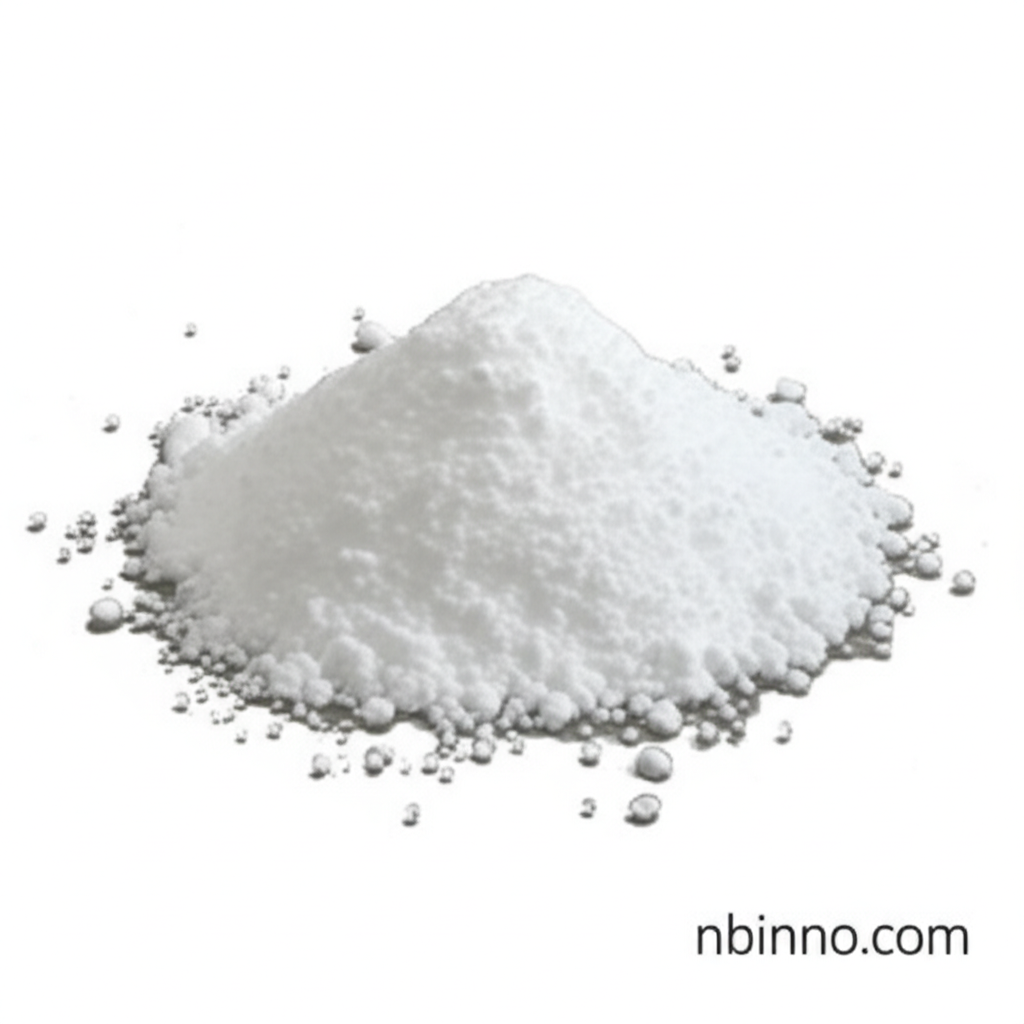O-Ethylhydroxylamine Hydrochloride: A Versatile Reagent for Organic Synthesis, Agrochemicals, and Pharmaceutical Research
Unlock new possibilities in synthesis with this essential chemical building block.
Get a Quote & SampleProduct Core Value

O-Ethylhydroxylamine Hydrochloride
O-Ethylhydroxylamine hydrochloride (CAS 3332-29-4) is a highly valuable chemical intermediate, extensively utilized as a reagent in organic synthesis. Its primary function involves the preparation of various nitrogen-containing compounds, making it indispensable in the development of advanced agrochemicals and pharmaceuticals. This compound's ability to react with carbonyls to form oximes is critical for creating complex molecular structures and determining their biological activity.
- Explore the synthesis of biflorin derivatives, including hydrazones and oximes, by utilizing O-Ethylhydroxylamine hydrochloride for enhanced antibacterial and anticancer agent research.
- Discover its role as a key component in producing essential herbicides like tralkoxydim, clethodim, and sethoxydim, crucial for modern agriculture.
- Understand how O-Ethylhydroxylamine hydrochloride serves as a derivatizing agent for the precise determination of aldehydes and ketones through colorimetric methods, vital for quality control.
- Leverage O-Ethylhydroxylamine hydrochloride in pharmaceutical development, potentially for modulating neurotransmitter levels in drugs targeting neurological disorders.
Key Advantages
Synthesis Versatility
O-Ethylhydroxylamine hydrochloride offers exceptional versatility in organic synthesis, enabling the formation of diverse nitrogen-containing compounds essential for both pharmaceutical and agrochemical applications.
Agrochemical Impact
As a vital component in the production of herbicides, O-Ethylhydroxylamine hydrochloride significantly contributes to agricultural efficiency and crop protection strategies.
Analytical Precision
Its application as a derivatizing agent in analytical chemistry ensures accurate identification and quantification of carbonyl compounds, a critical aspect of quality assurance.
Key Applications
Organic Synthesis
Used as a reagent for the preparation of hydroxylamine derivatives, oximes, and other nitrogen-containing compounds, facilitating complex molecular construction.
Agrochemical Industry
A crucial intermediate for the synthesis of various herbicides, contributing to effective pest and weed management in agriculture.
Pharmaceutical Development
Employed in research for potential drug candidates and in the synthesis of molecules with targeted biological activities, such as antibacterial and anticancer agents.
Analytical Chemistry
Acts as a derivatizing agent for the detection and quantification of carbonyl compounds, enhancing sensitivity in chromatographic methods.
